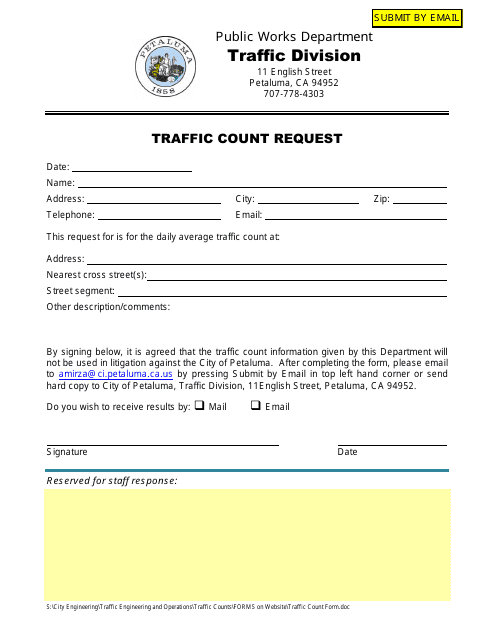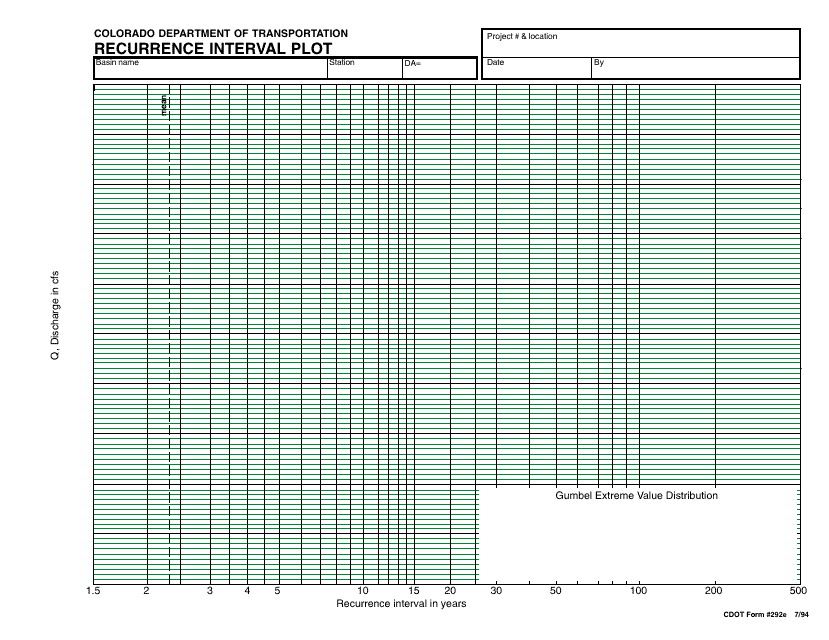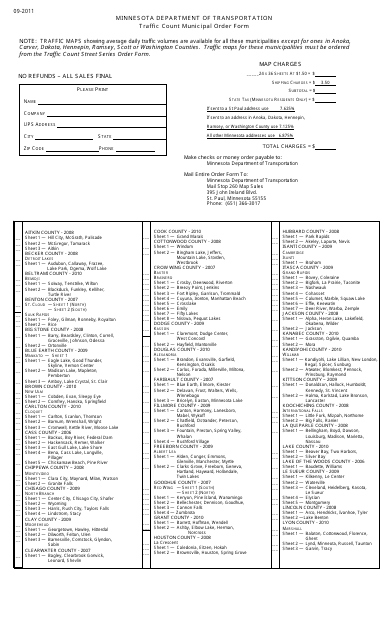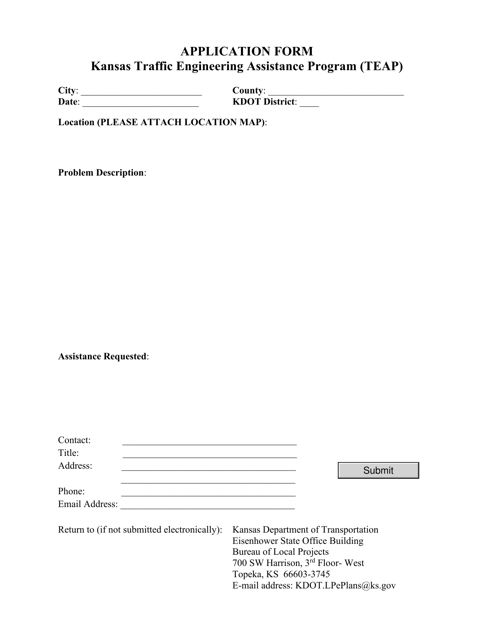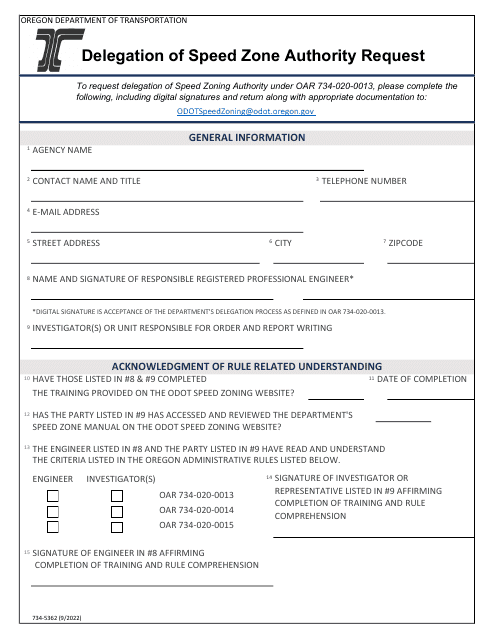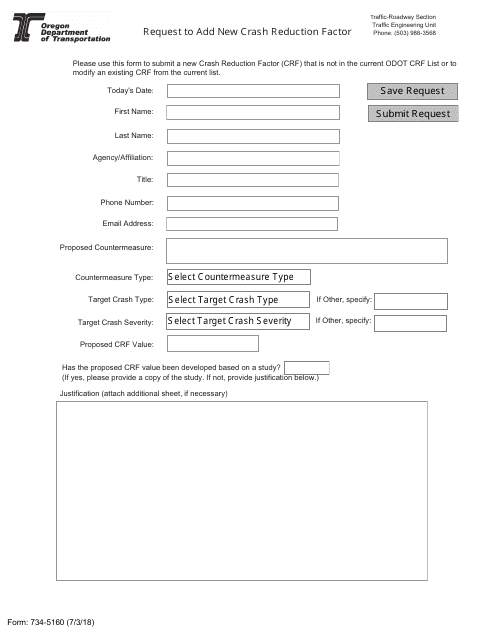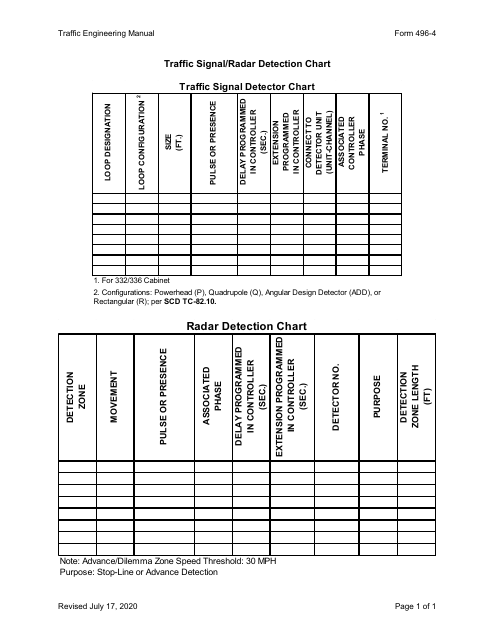Traffic Engineering Templates
Traffic engineering is a vital aspect of urban planning and transportation management. It involves analyzing, designing, and implementing systems to optimize the flow of vehicles, pedestrians, and cyclists. Our collection of traffic engineering documents covers a wide range of topics to support professionals in this field.
Our traffic engineering documents collection includes forms, checklists, and study reports that address various aspects of traffic management. Whether you need to assess work zone safety, conduct a pedestrian gap study, or request the addition of a crash reduction factor, our documents provide the necessary guidelines and templates to streamline your efforts.
The documents in our traffic engineering collection come from various states across the USA, including Virginia, Minnesota, Wyoming, Oregon, and Ohio. By incorporating best practices and established guidelines from different regions, we ensure that our documents cater to the specific needs of traffic engineers in diverse contexts.
With our comprehensive selection of traffic engineering documents, you can access the tools and resources necessary to effectively plan, design, and manage transportation systems. From signal and radar detection charts to traffic count order forms, our documents offer practical solutions and insights that enable you to make informed decisions and improve traffic flow.
Whether you are a traffic engineer, urban planner, or transportation professional, our traffic engineering documents will undoubtedly be a valuable resource for your projects. Take advantage of our collection to enhance your proficiency in traffic management and ensure the efficient movement of people and vehicles in your area.
Documents:
9
This form is used for requesting a count of traffic in Petaluma, California. It helps gather data on the number of vehicles using specific roads or intersections.
This Form is used for conducting a checklist to ensure work zone safety during construction, maintenance, utility, or permit activities in Virginia.
This document is for plotting the recurrence interval for Colorado Department of Transportation (CDOT) projects. It helps analyze the frequency of certain events and plan for future projects.
This Form is used for requesting traffic data from the municipal government in Minnesota. It helps in obtaining accurate information about the number of vehicles on specific roads or intersections.
This Form is used for applying to the Kansas Traffic Engineering Assistance Program (TEAP) in Kansas.
This form is used for conducting a pedestrian gap study in the state of Wyoming. It helps assess the safety of pedestrian crossings and determine if there is enough time for pedestrians to cross the street.
This form is used for requesting a delegation of speed zone authority in the state of Oregon.
This Form is used for requesting to add a new Crash Reduction Factor in the state of Oregon.

